A Russian scientist highlighted previously unknown details of the preparation of an interplanetary mission in a documentary film
The filming of the film dedicated to the Apollo 15 mission, “Moon of Galileo,” was organized by one of the participating astronauts, David Scott, based on short documentary videos. We watched the 55-minute film together with a member of the Laboratory of Comparative Planetology at the Institute of Geochemistry and Analytical Chemistry named after. V.I. Vernadsky RAS, Doctor of Geological and Mineralogical Sciences Alexander Bazilevsky, and he commented to MK on his most interesting shots.
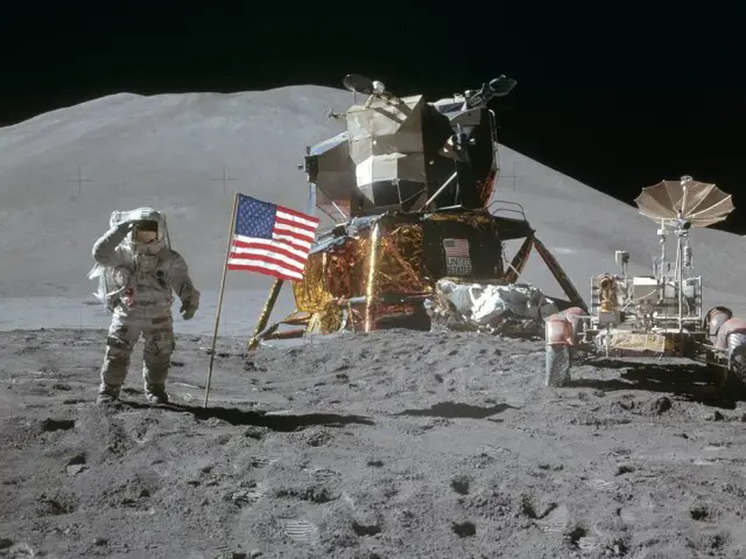
Apollo 15 was the ninth manned mission of the Apollo program. The crew of the ship «Endeavour» (English: Endeavor — «Aspiration») made the fourth landing on the Moon on August 7, 1971. This happened in the northern hemisphere of the Moon, in the region of the Apennine Mountains, near the Hadley volcanic bed.
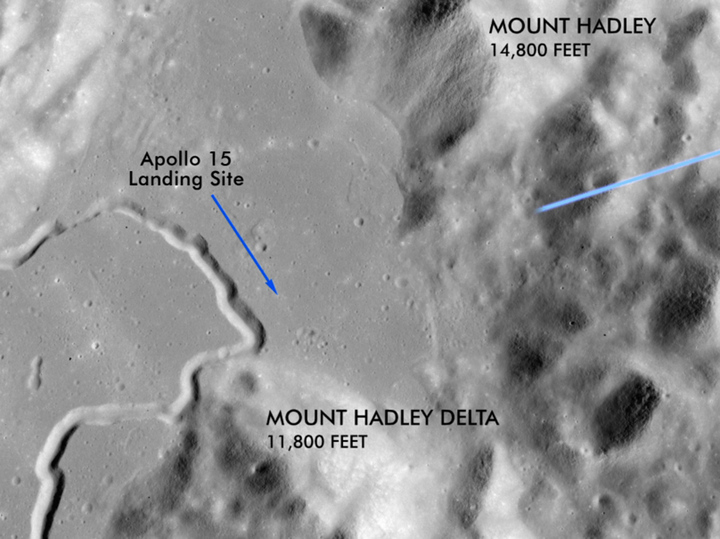 Lunar landing site of the lander. < /span>
Lunar landing site of the lander. < /span>
That flight was remarkable for several reasons. First, crew commander David Scott and lunar module pilot James Irwin spent almost three days on the Moon (just under 67 hours), that is, twice as long as their predecessors from Apollo 14. The third crew member, Alfred Worden, distinguished himself on the way back to Earth, performing the first spacewalk in interplanetary space, by dismantling photographic tapes from the command module.
On the surface of the Moon, the crew used a lunar vehicle for the first time, driving it a total of 27.9 km, and collected the largest number of lunar samples up to that time — 76.8 kilograms. While on the surface of the earth's satellite, the astronauts also drilled the soil to a depth of 2 meters for the first time.
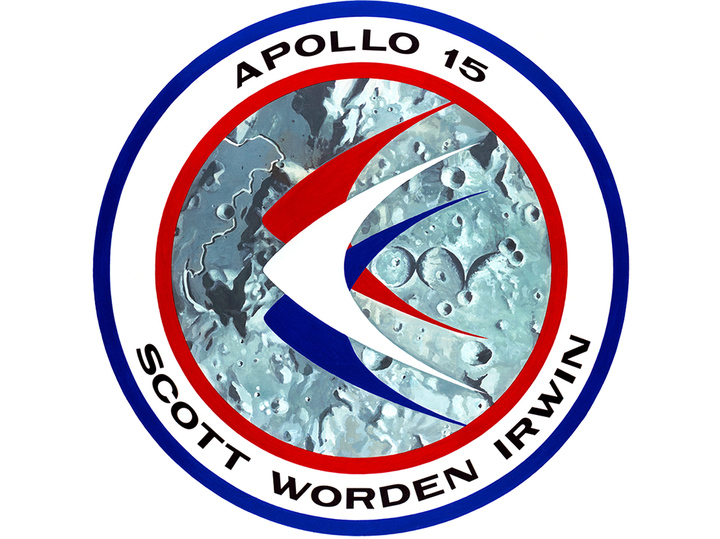 Mission emblem
Mission emblem
The film, directed by David Scott (the astronaut turned 91 last year), was filmed to mark the fiftieth anniversary of the mission, but was not released until 2023. It begins with a quote from Galileo Galilei, who said during the first observation of the earth's satellite through a telescope: “It is a beautiful, delightful spectacle to see the body of the Moon.” The other day, Alexander Bazilevsky’s colleague, planetary scientist Jim Head, sent him a link to a new documentary filmed privately.
– I saw for the first time how the crew was trained on Earth. Scott and Irwin learned to walk with large “backpacks” of the life support system, take photographs with them, and move on the rover.
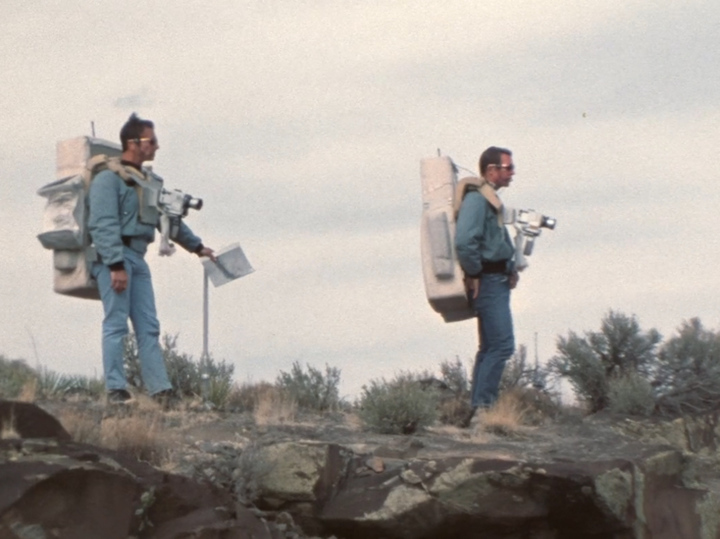 David Scott and James Irwin train on Earth to move in lunar space suits with cameras.
David Scott and James Irwin train on Earth to move in lunar space suits with cameras.
Next, several examples of astronauts moving on the Moon are shown in detail, the fall of one of them, it seems, Irwin. The filming lasts quite a long time, it may even seem drawn out to some, but for professionals it is definitely of great interest.
– The one who did the drilling could not independently pull the drill out of the drilled hole. wells. He succeeded only after his partner arrived to help. Of course, this is only part of what happened in July-August 1971 in the lunar Apennines. On Earth at this time, a large number of people were monitoring the progress of the mission from the command post.
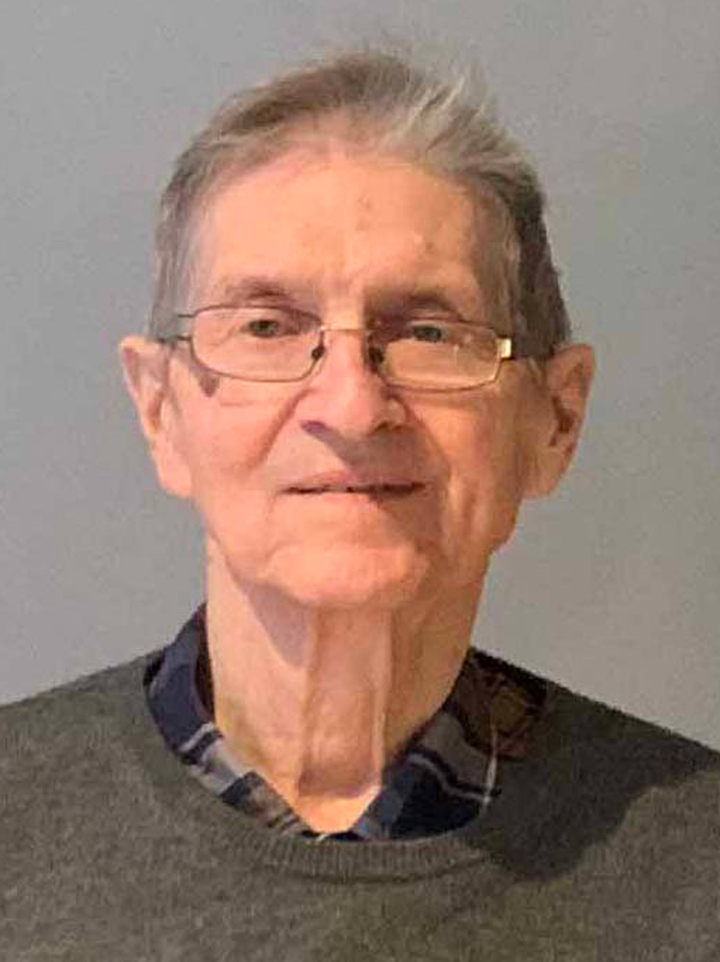 Planetologist Alexander Bazilevsky.
Planetologist Alexander Bazilevsky.
One of the most active team members involved in the preparation of the entire Apollo program was geologist and planetary scientist Eugene Shoemaker, who, unfortunately, tragically died before the start of the 15th expedition. When the first manned flights began, starting with Apollo 11, he was attached to the program as the chief geologist. As my American colleagues told me, he did not like the monotony of the first missions. He began to rebel and say that something more serious had to be done so that it would be possible to travel on the moon and so on. His advice was not heeded, and he quit NASA in protest and began working at the university. In fact, he was a very successful scientist even before Apollo. He continued to work successfully as a professor. However, some time later, while on a business trip, he had a terrible accident in Australia and died. It is noteworthy that on a completely empty road a car flew towards him…
After Shoemaker left, NASA still listened to his advice and prepared a controlled rover for the 15th mission. By the way, already in the modern era, the ashes of Eugene Shoemaker were dropped onto the Moon from a space orbiter into one of the south polar craters, 52 kilometers across, and that crater was called Shoemaker Crater. Now I and a colleague from China, who has the beautiful name Yuan (I jokingly want to advise her to marry an American named Dollar), are studying the bottom of this polar crater, its morphology and geology. It, like the neighboring craters, is forever shadowed.
– The Americans have a lunar orbiter, the Lunar Reconnaissance Orbiter (LRO). It “shoots” a laser at the Moon, a signal is reflected from it, and by how long it takes for this signal to return to the device, scientists study the surface topography. The Americans have compiled a very detailed digital terrain model, and together with Yuan we are turning it into pictures, as if it were television footage.
– Due to the fact that the bottom of this crater is never illuminated by the Sun, it is very cold there, and this very cold surface precipitates vapors of water and other volatile components that appear in the lunar space when meteorites and comets strike the Moon. Quite a lot of water ice has accumulated in the lunar soil here — it can be useful for life support for future lunar bases.
 The Apollo 15 crew during training on Earth.
The Apollo 15 crew during training on Earth.
– Yes. Each of them answers the question there about what seemed most interesting during the expedition, what struck the most.
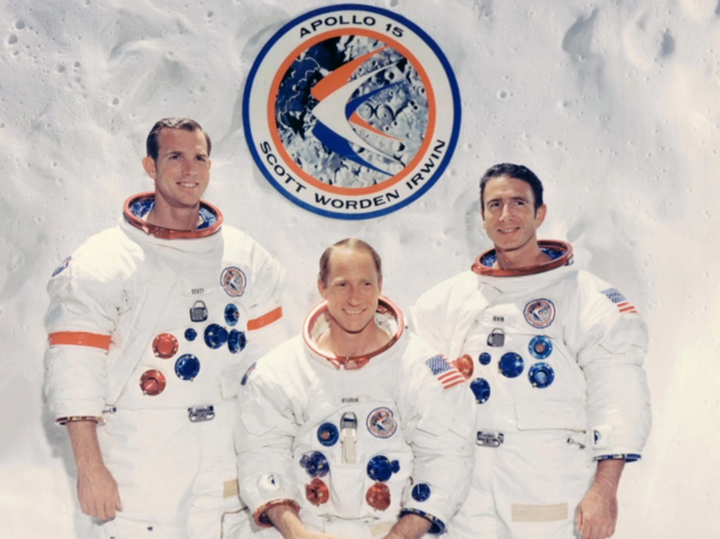 Apollo 15 crew: David Scott, Alfred Worden and James Irwin.
Apollo 15 crew: David Scott, Alfred Worden and James Irwin.
David Scott said his most memorable moment was when he first stepped onto the mountainside above the Hadley River and thought it was the most stunning view he had ever seen. Alfred Warden thought the most “brightest” moment was when he saw the Moon for the first time (up close). “It was a fantastic, very spectacular picture.” James Irwin added at the end that for him there were many thrills on the Moon, starting from the moment of launch to it, which they came to after several years of waiting and training. But there were also moments that he would not want repeated: “When I fell in front of the camera while we were deploying the rover.”
 Meeting of Alexander Bazilevsky (left) with David Scott, 2012. Photo by Jim Head.
Meeting of Alexander Bazilevsky (left) with David Scott, 2012. Photo by Jim Head.
I was pleased to see young Jim Head, a good friend of mine with whom we still continue to collaborate, twice in the film. True, if it weren’t for the signature under the corresponding frames of the film, I would not have recognized him, still 29 years old. Now he is 81.

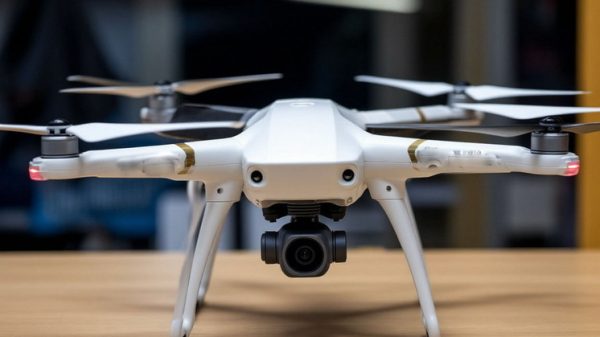

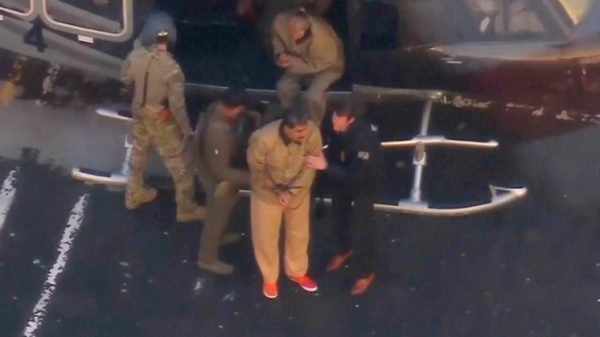

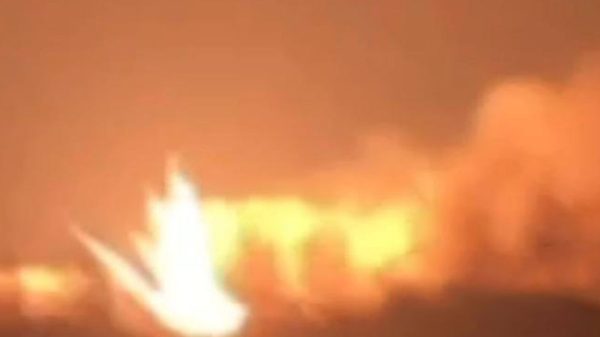







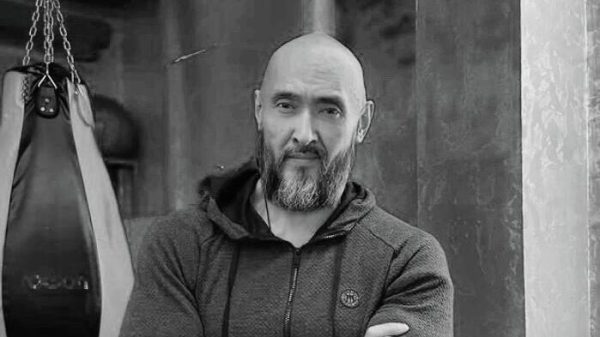


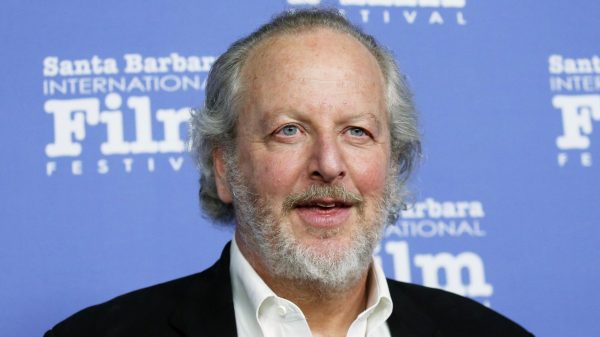

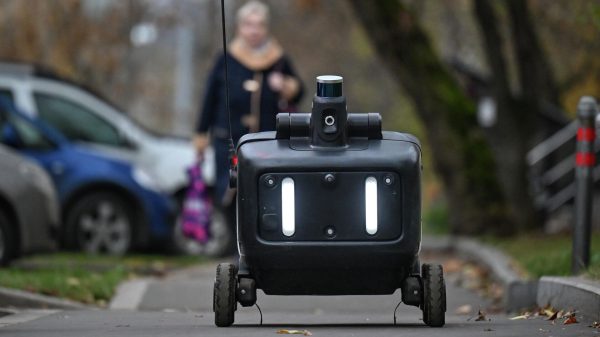


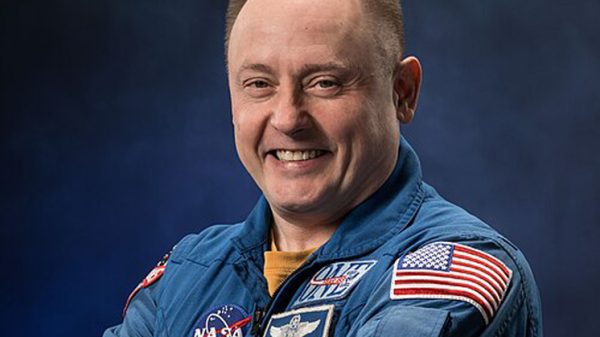














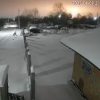





















Свежие комментарии